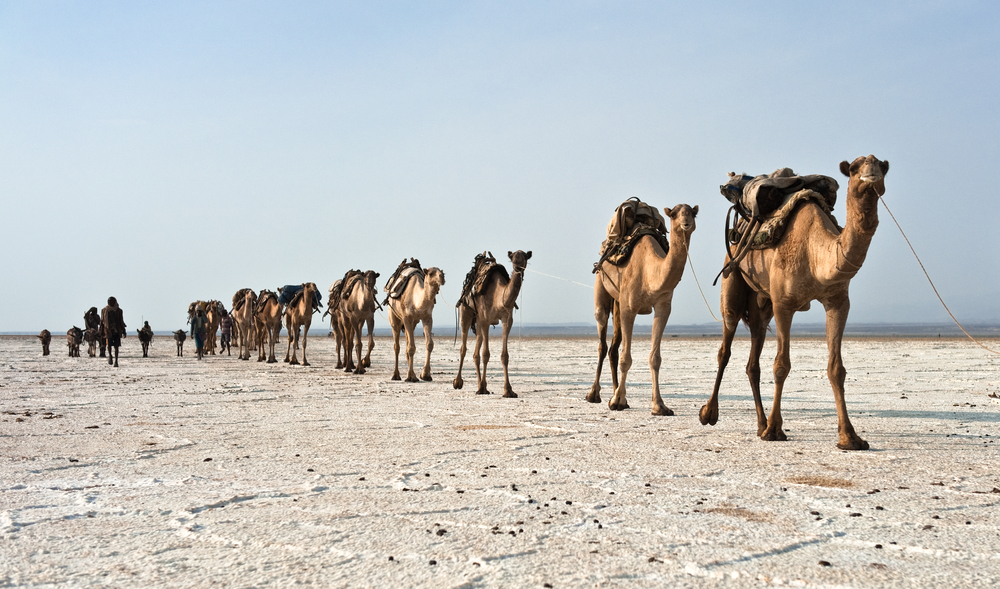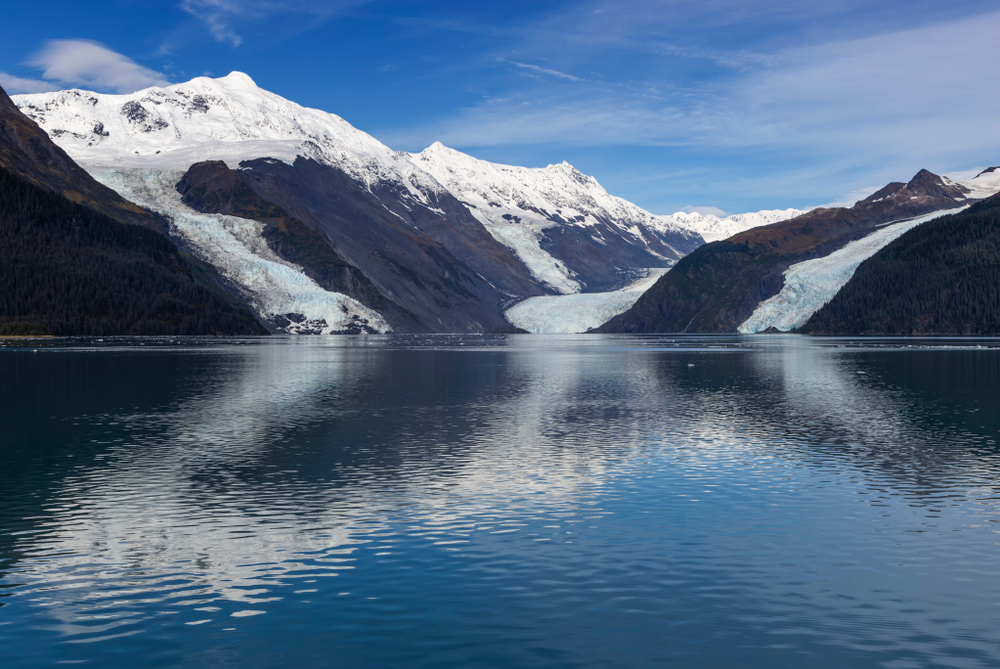A land covered in volcanic lava lakes, hot springs, and utter desolation with temperatures reaching 55 degrees Celsius. The place described likely sounds like it is found on Mercury or in Hell itself. So hot that it is almost totally inhospitable it may surprise you that it is found on Earth. The region is called the Danakil Depression and it is the hottest place on Earth.
The Danakil Depression is found in Ethiopia and was formed by three tectonic plates pulling apart. As the plates pulled apart a depression was formed meaning the land continued to be below sea level. Today it is around 40km by 10km large and measures about 100m below sea level. It is incredibly hot not just because of its proximity to the equator but because of the geothermal activity that takes place there.
The depression is an extreme part of the world. There are numerous volcanoes many of which are still very young that have covered the region in suit and lava. There are many nearby bodies of water that are rich in salt content. Despite the region being very dangerous, the salt presence makes it an economically vibrant area with many mining companies excavating the salt.
While the place is almost hell on earth, life still exists there. Aside from the miners who enter the region to excavate salt, there are some microbes that exist. These microbes are known as extremophiles because they thrive in extreme environments that people once thought could not support life. These living organisms can withstand toxic gas, extreme temperatures, and difficult ground and air conditions that would quickly kill humans if they didn’t have protection. Despite the inhospitable nature of the region to human life it may have had an important role to play in the past and may have an important role to play in the future.
In 1974 researchers found the fossils of an ancient person in the region. This discovery led many to call the depression the cradle of humanity as one of the first fossils of humankind was found there. This likely means that the region was not always a playground for insane temperatures and lava pools and that the fossil found was from a time before the plates separated.
As already stated it may have a role to play in the future of human life as well. The region is far more similar to life on other planets than it is on Earth. The fact that some microbes exist there gives scientists hope that life exists on other planets too. While the living conditions we have on Earth make it an easy place to live for humans it appears other organisms can thrive in far harsher conditions as well. Whether this means that life can be found on Mars, Jupiter, or Mercury remains to be seen.
The future of the Dankali region is likely one of the increasingly harsh terrains. The plates will continue to separate. To date, they have been moving apart by about three millimeters a year and this is expected to continue or accelerate. This means the land will continue to fall far below sea level and that volcanic activity will continue.
In a few million years due to the plate movement and the falling level of the land, we can expect the Red Sea to pour into the region. This may result in the formation of a new ocean on Earth. Until that time the region will still keep scientists very busy. Scientists are busy researching the life that exists there, and the hydrothermal heating underneath the ground. Salt miners will continue to use the region and what comes as no surprise is that it is now becoming a tourist site for those people who want to experience Hell on Earth.







